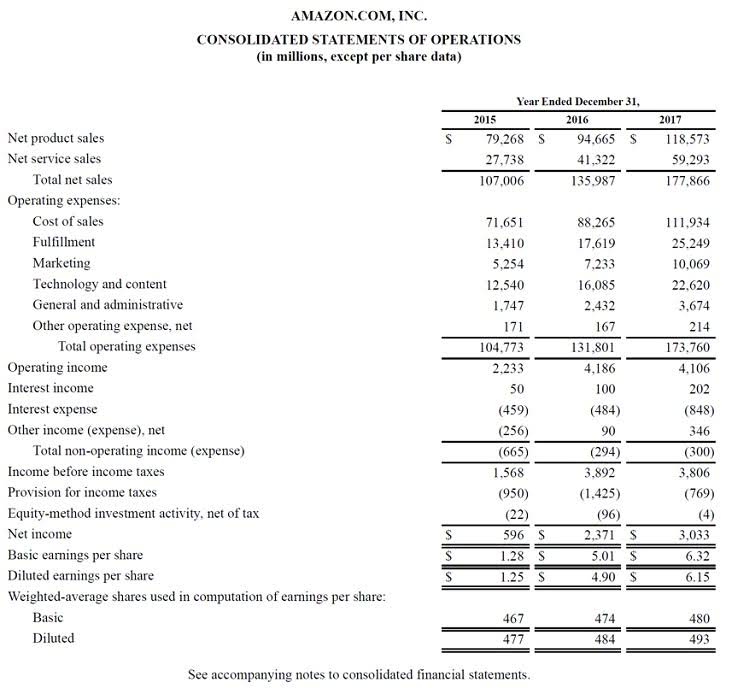
Companies can better understand their working capital structure by analyzing liquidity ratios and ensuring their short-term cash needs are always met. The working capital cycle represents the period measured in days from the time when the company pays for raw materials or inventory to the time when it receives payment for the products or services it sells. During this period, the company’s resources may be tied up in obligations or pending liquidation to cash.

The interpretation of the value of the current ratio (working capital ratio) is quite simple. As it is significantly lower than the desirable level of 1.0 (see the paragraph What is a good current ratio?), it is unlikely that Mama’s Burger will get the loan. The Ascent is a Motley Fool service that rates and reviews essential products for your everyday money matters.
Inventory Turnover Ratio
By comparing a company’s current assets to its current liabilities, the working ratio provides insights into the company’s ability to meet short-term obligations effectively. As a business owner or investor, understanding and analyzing this ratio can help you make informed decisions and ensure a robust financial management strategy for long-term success. The primary purpose of working capital management is to enable the company to maintain sufficient cash flow to meet its short-term operating costs and short-term debt obligations. A company’s working capital is made up of its current assets minus its current liabilities. If a company’s working capital ratio falls below one, it has a negative cash flow, meaning its current assets are less than its liabilities.
To pay all of its bills as they come due, the company may need to sell long-term assets or secure external financing. In its simplest form, working capital is the difference working ratio between current assets and current liabilities. However, different types of working capital may be important to a company to best understand its short-term needs.
IRS releases 2023 Data Book describing agency’s transformation through statistics
Companies can forecast what their working capital will look like in the future. By forecasting sales, manufacturing, and operations, a company can guess how each of those three elements will impact current assets and liabilities. Comparing financial ratios with that of major competitors is done to identify whether a company is performing better or worse than the industry average. For example, comparing the return on assets between companies helps an analyst or investor to determine which company is making the most efficient use of its assets.
Working capital is calculated by taking a company’s current assets and deducting current liabilities. For instance, if a company has current assets of $100,000 and current liabilities of $80,000, then its working capital would be $20,000. Common examples of current assets include cash, accounts receivable, and inventory.

Recent Comments